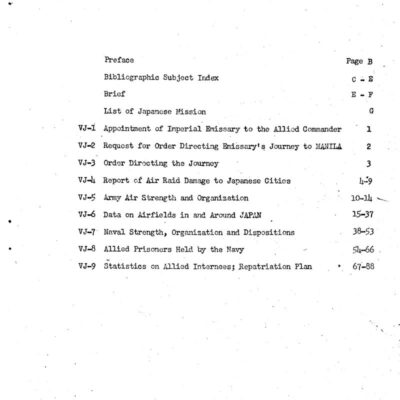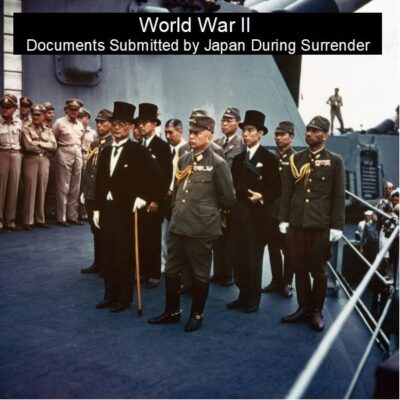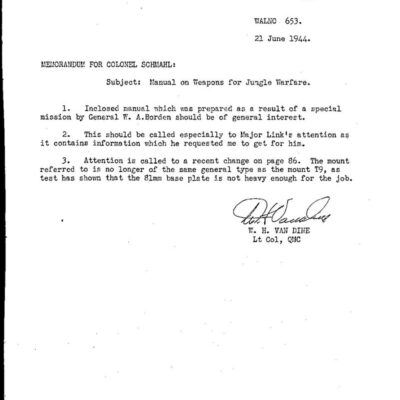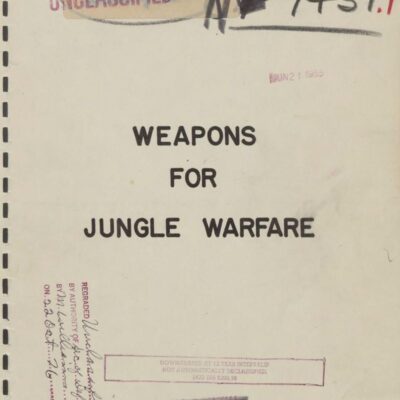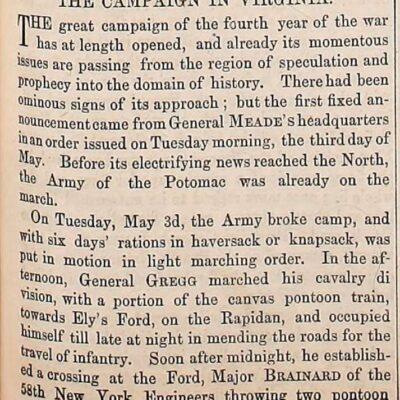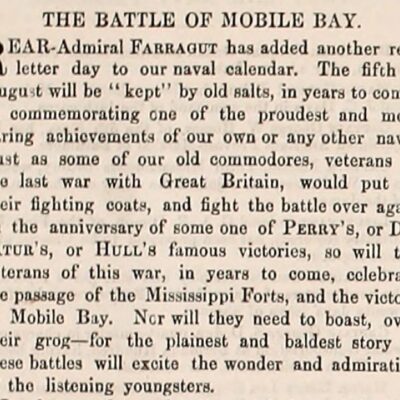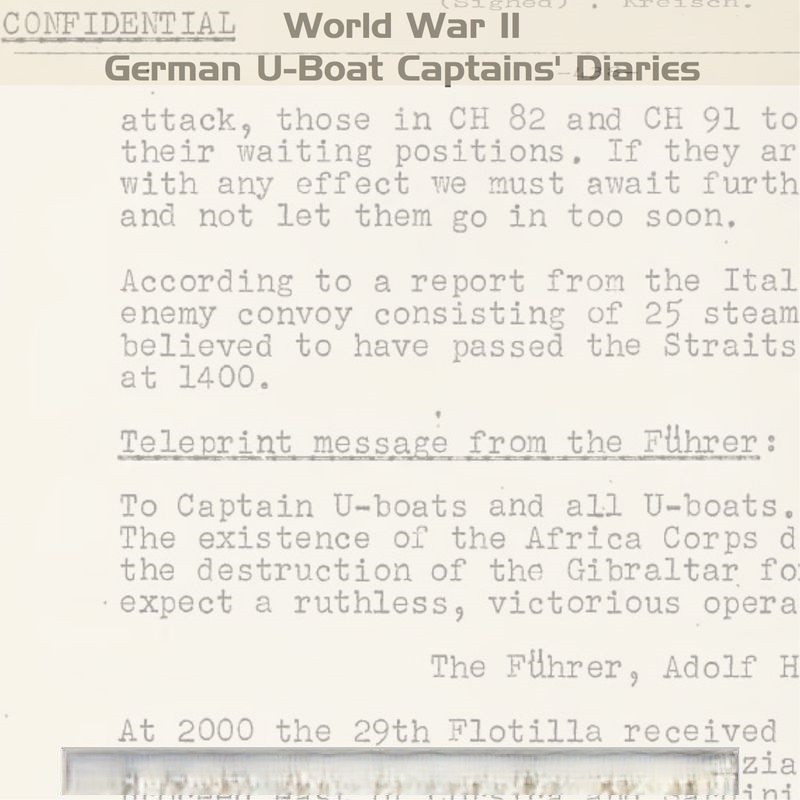
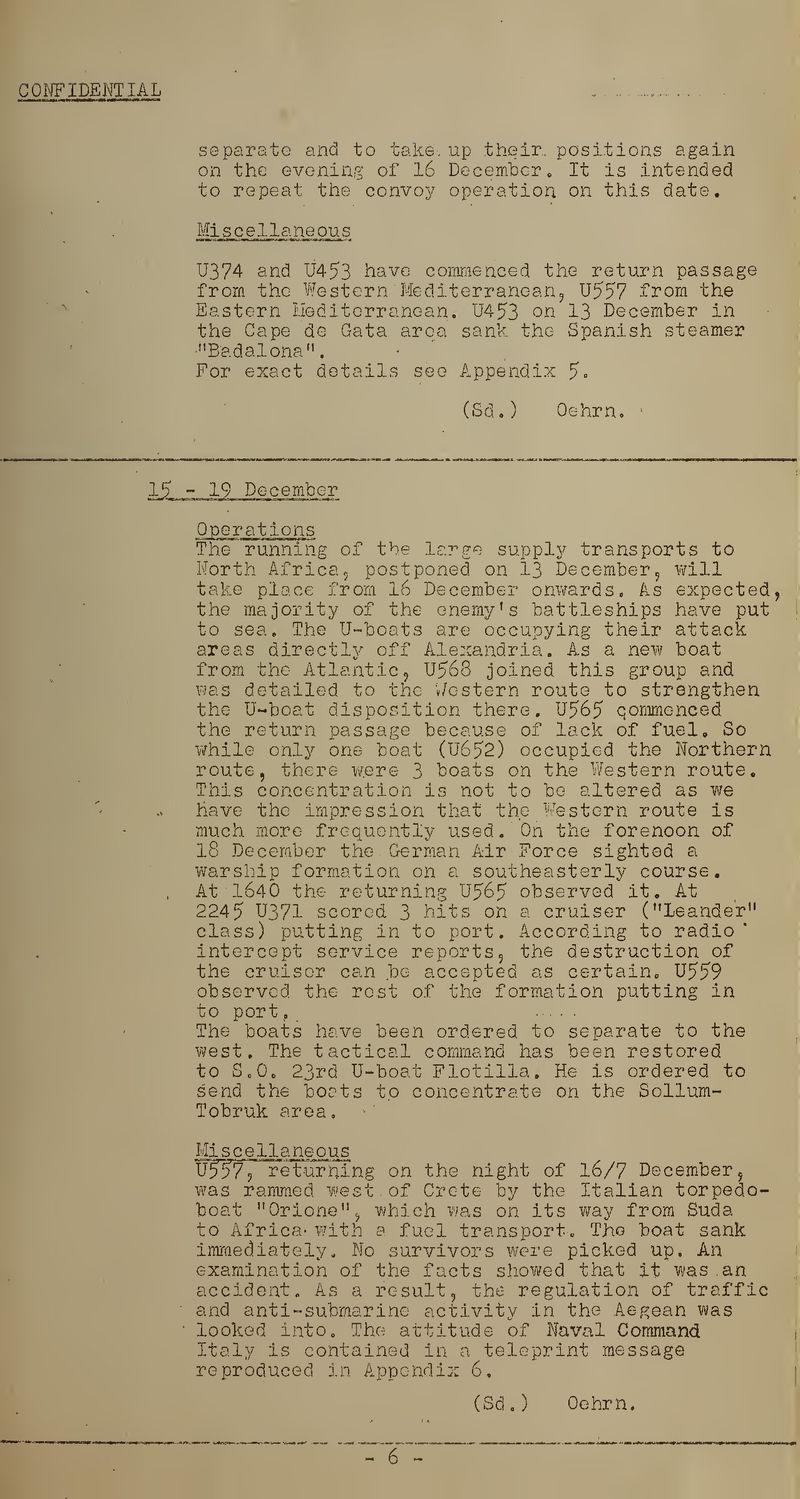
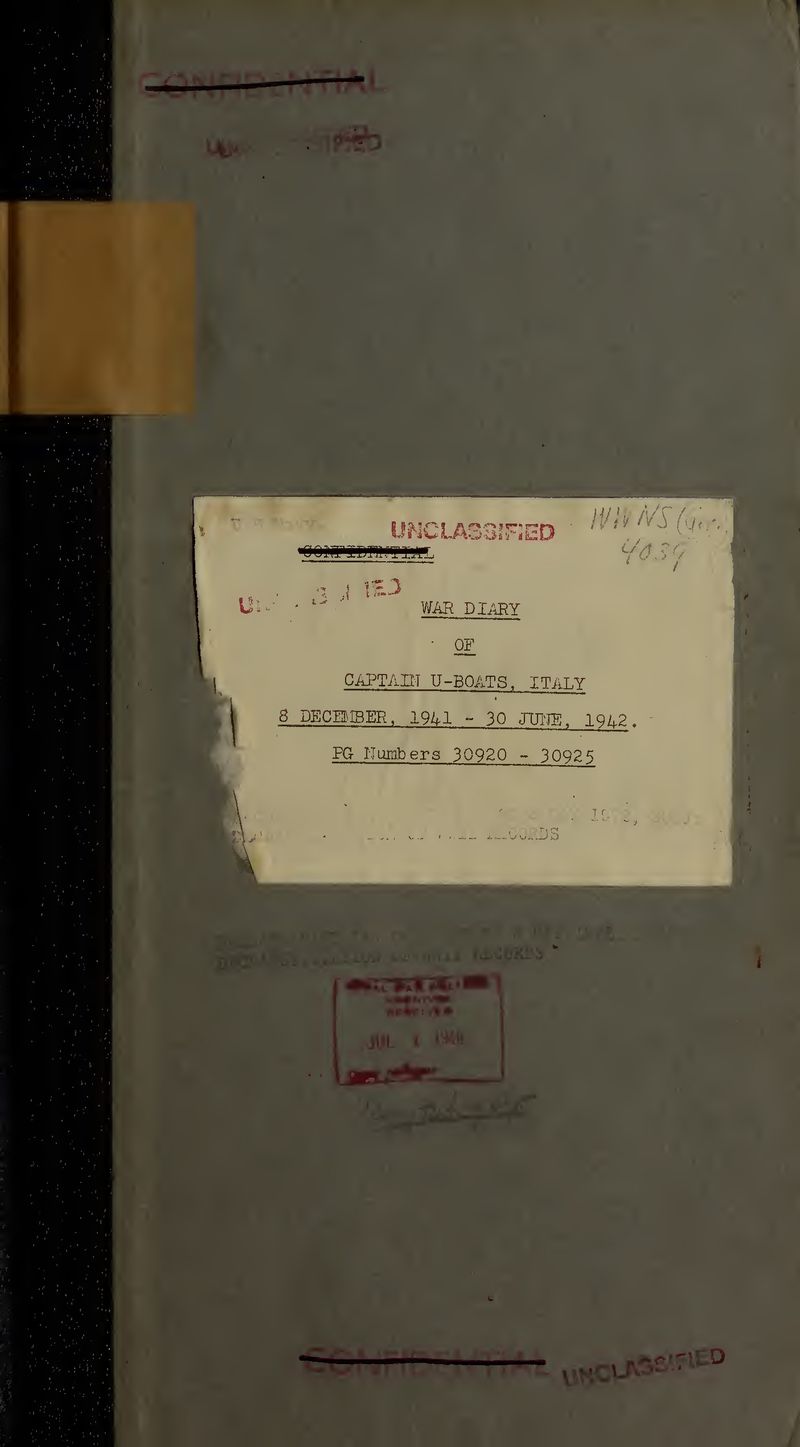
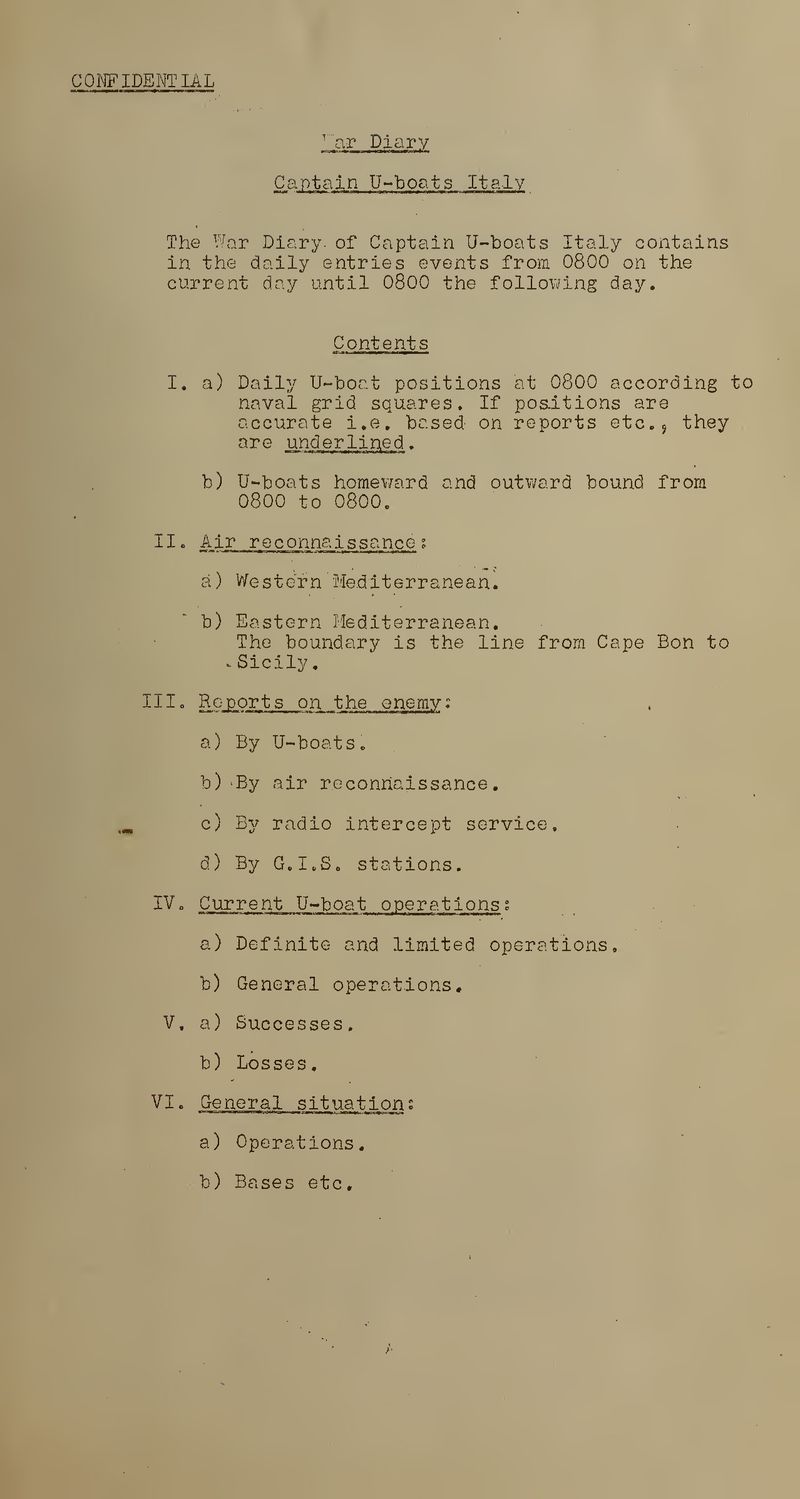
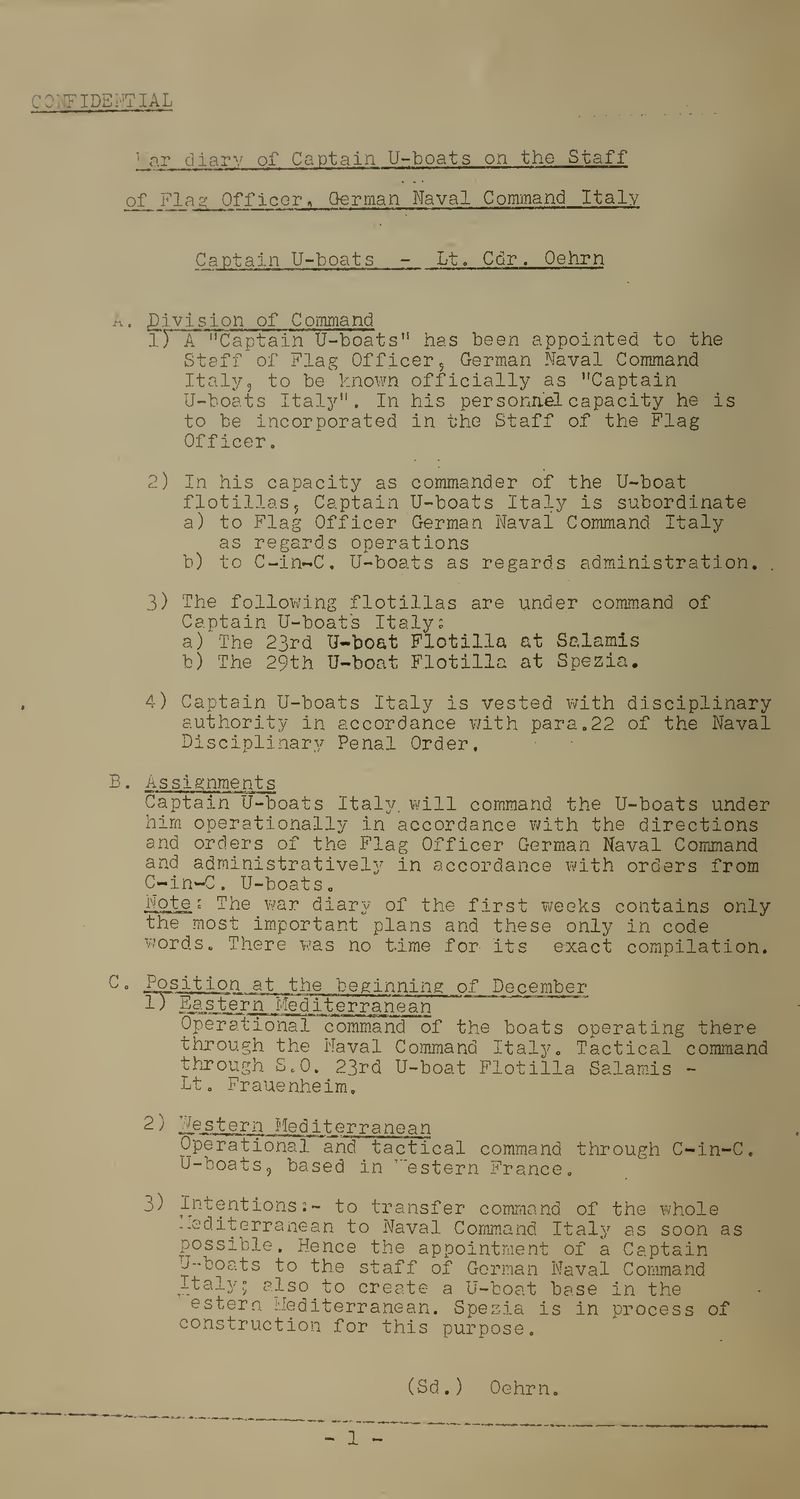
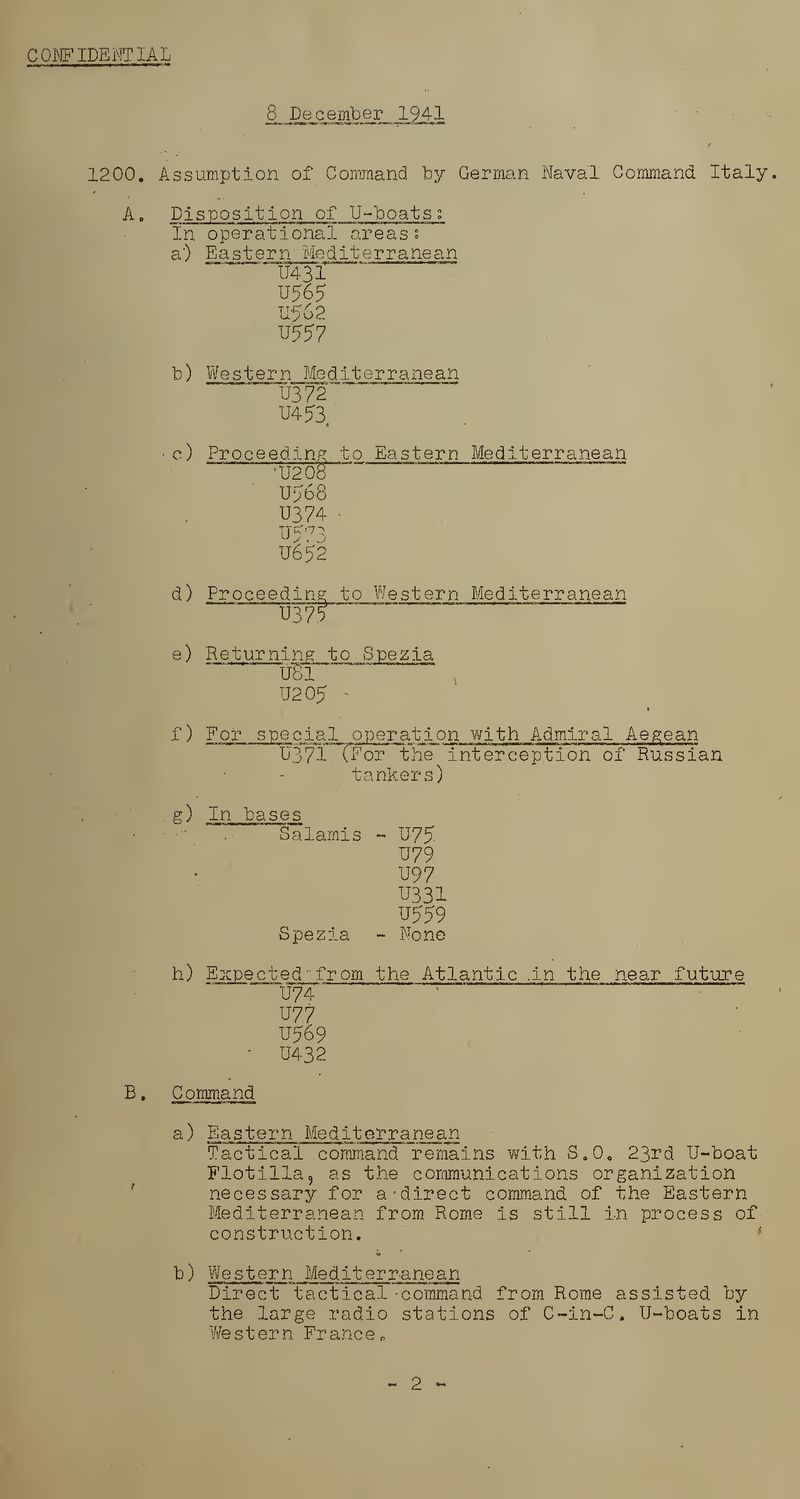
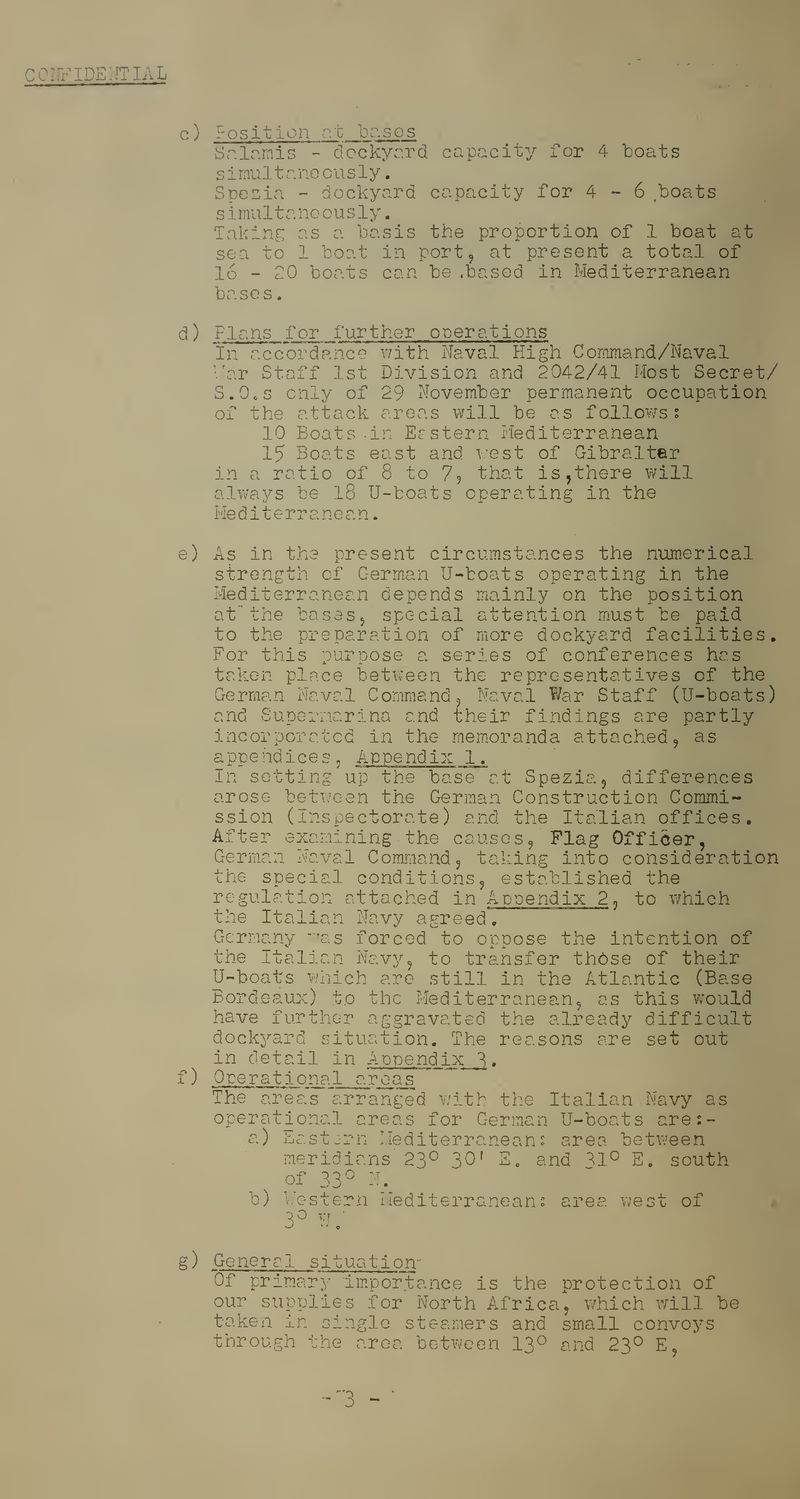
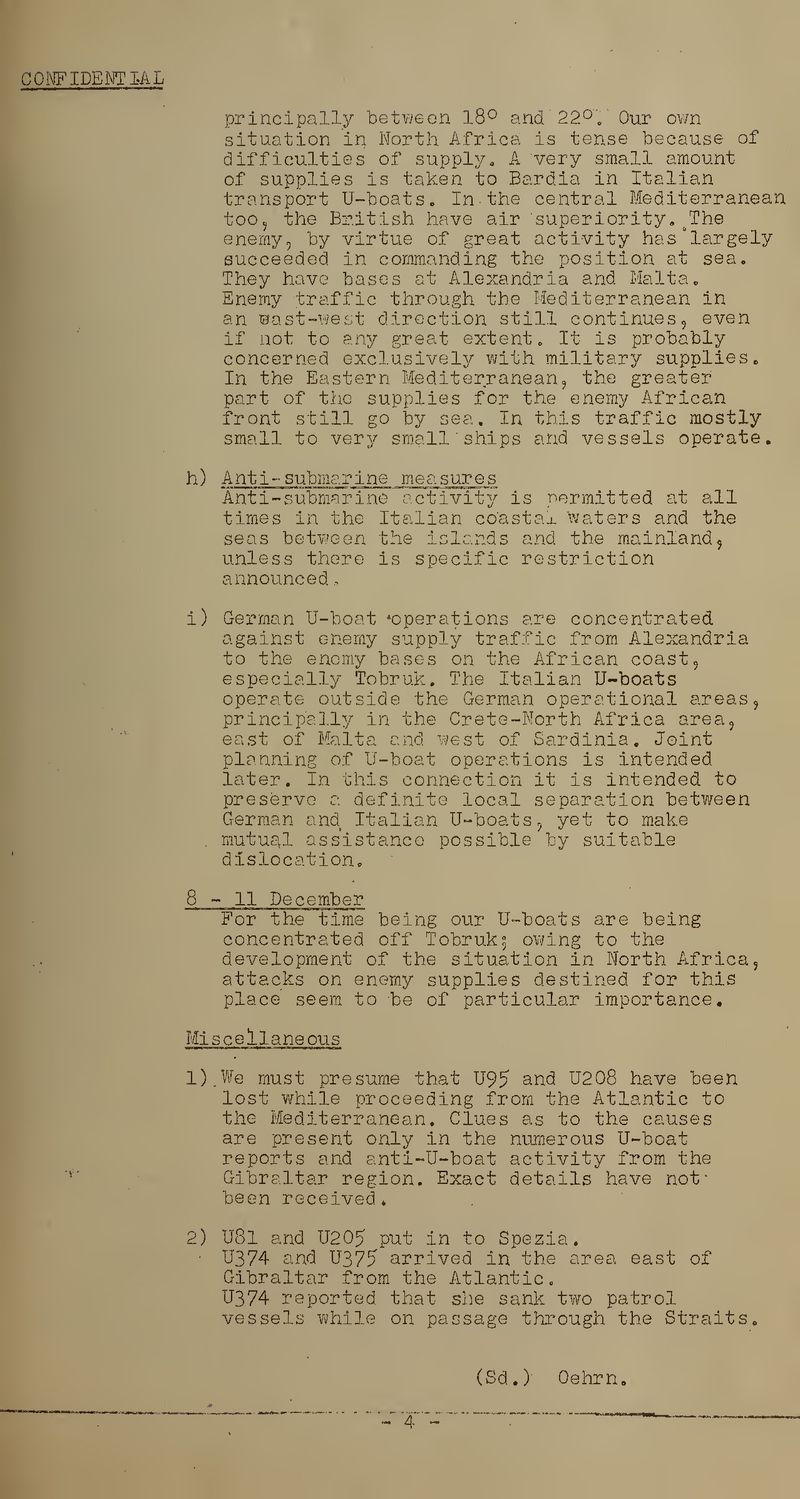
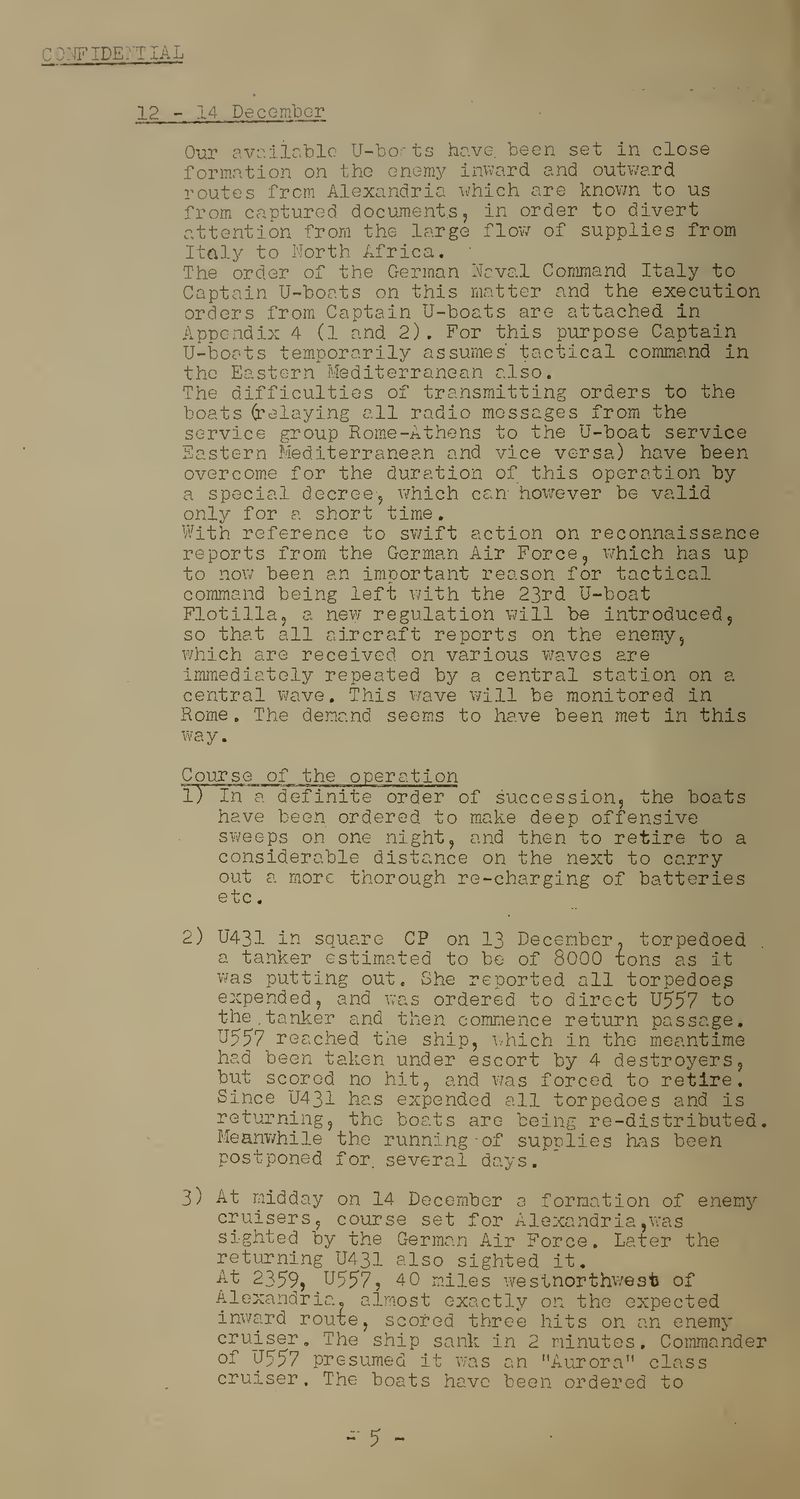
World War II German U-Boat Captains’ War Diaries
$19.50
Description
World War II German U-Boat Captains’ War Diaries Translated by U.S. Naval Intelligence
This collection consists of 4,962 translated pages derived from the logs and diaries maintained by the commanders of German U-boats operating in the Norwegian and Arctic waters, as well as those in the Mediterranean region near Italy. These translations were completed by the United States Office of Naval Intelligence.
For a period of 33 years following the conclusion of World War II, the information contained within these diaries was kept confidential and classified.
The term U-boat is an anglicized form of the German word U-Boot, which is a contraction of Unterseeboot, translating to “undersea boat” in English. Throughout World War II, U-boat warfare played a crucial role in the Battle of the Atlantic, recognized as the longest military conflict of the war, lasting for its entire duration. Germany boasted the largest fleet of submarines during WWII, largely because the Treaty of Versailles had restricted the size of Germany’s surface navy to only six battleships. Over the course of the war, more than 250 Allied naval vessels from various nations were sunk by German U-boats.
A thorough investigation into the strategies and operations of German submarine warfare would greatly benefit from the examination of these war logs or diaries maintained by the operational command centers overseeing U-boat activities. The logs and diaries within this collection originated from the German Navy Archives, which were confiscated in April 1945 at Castle Tambach, located in Coburg, Germany.
By reviewing these War Logs, readers will notice fluctuations in the intensity of various U-boat campaigns throughout World War II, as documented by the Commanding Officers. Such variations are evident in sections detailing ongoing operations and overall situational assessments, along with various directives, supplementary materials, and correspondence related to the logs. The war journal, known as Kriegstagebuch or KTB in German, served as a comprehensive daily account of U-Boat missions. It included summaries detailing claimed victories, losses suffered, intelligence gathered, tactical insights and equipment evaluations, organizational issues, and discussions surrounding legal and strategic concerns. Each day’s record typically encompassed several key components: (1) the locations of U-Boats; (2) findings from aerial reconnaissance missions; (3) updates regarding Allied movements and actions, which included assessments based on signal intelligence; (4) information about ongoing operations, highlighting individual submarine losses; (5) reports of successful engagements; and (6) miscellaneous observations on various matters.
The role of Leader of U-Boats in Italy, referred to in German as Führer der Unterseeboote Italien (F.d.U. Italien), was established in November 1941. This position arose from the operational responsibilities previously held by the Befehlshaber der U-Boote (B.d.U.) in the Western Mediterranean and the Admiral of the Aegean Sea (Admiral Ägäis) in the Eastern Mediterranean. In August 1943, it was renamed Leader of U-Boats, Mediterranean. This leadership role fell under the authority of the Commander of the German Naval Command in Italy (Befehlshaber des Deutschen Marinekommandos Italien) and was held by a series of individuals: Korvettenkapitän Victor Oehrn from November 1941 until February 1942, Konteradmiral Leo Kreisch from February 1942 to January 1944, and Kapitän zur See Werner Hartmann from January 1944 until September 1944. For personnel management, this position was accountable to the B.d.U.Org. As the war progressed in the Mediterranean theater, the post of Leader of U-Boats, Mediterranean, was dissolved in September 1944.
U-Boat operations in the Mediterranean aimed primarily at disrupting British supply lines that passed through Gibraltar and the Suez Canal, as well as targeting support supplies for the North African campaign. However, U-Boats faced significant challenges in these waters, suffering considerable losses due to the presence of enemy aircraft and the characteristics of the Mediterranean, which featured shallower and clearer waters. Significant records found within these volumes include Operation VIGOROUS, which was an unsuccessful convoy mission from Alexandria to Malta (PG 30925), as well as intelligence gathered by U-Boats regarding the Allied landings in November 1942 during Operation TORCH, which marked the invasion of North Africa (PG 30928). Additionally, these volumes contain extensive information on the intelligence collected by U-Boats operating in the Mediterranean. For instance, Admiral Kreisch’s documentation includes insights on the Allied preparations for Operation HUSKY, the campaign aimed at invading Sicily (PG 30931, page 422). The logs also detail the size and movements of the Allied forces involved in the HUSKY operation (PG 30932, page 479). In a summary of August 1943, Konteradmiral Kreisch mentioned significant preparations on Sicily for an impending Allied landing on the Italian mainland (PG 30933, pages 635-642). There is, however, a notable gap in the War Logs that spans from 31 August 1943 until 16 October 1943, with no records available for the timeframe following 15 January 1944. The series of volumes associated with this collection are categorized as follows:
- U-Boats Italy from December 8, 1941, to June 30, 1942. PG 30920-30925.
- U-Boats Italy from July 1, 1942, to December 31, 1942. PG 30926-30929.
- U-Boats Italy from January 1, 1943, to June 30, 1943. PG 30930-30931.
- U-Boats Italy from July 1, 1943, to August 31, 1943. PG 30932-30933.
- U-Boats Italy from October 16, 1943, to January 15, 1944. PG 30933-30934.
The position of Leader of U-Boats in the Arctic Ocean, known as Führer der Unterseeboote Nordmeer (F.d.U. Nordmeer), was established in January 1943 under the command of the Admiral in charge of the Arctic Ocean (Admiral Nordmeer). This role was held successively by Kapitän zur See Rudolf Peters, who had previously served as the Chief of the 7th U-Boat Flotilla, and Fregattenkapitän Reinhard Suhren. Before the creation of this position, the responsibilities for U-Boat operations were directly managed by the Admiral Nordmeer himself. The current war logs of the Leader of U-Boats in the Arctic Ocean span from January 1943 to October 1944. While no war journals have been discovered for the period after October 1944, it is known that the position of Leader of U-Boats in Norway continued until the conclusion of World War II. Within these logs, there are accounts detailing effective U-Boat missions referred to as “Wunderland,” which targeted the Allied supply routes in the Arctic during the summers of both 1942 and 1943 (PG 31835, page 354). The weather patterns and ice conditions in the Arctic Ocean were crucial factors in shaping U-Boat strategies against Allied shipping vessels. Evaluations of these environmental circumstances are frequently mentioned throughout the War Logs of the Leader of U-Boats in the Arctic Ocean. Moreover, the logs document the German offensive on the island of Spitzbergen, known as OPERATION SITRONELLA/SIZILIEN (PG 31843). They also provide a comprehensive description of the British naval attack that led to the sinking of the German battleship Scharnhorst on December 26-27, 1943 (PG 31849, pages 910-918).
In May 1944, Fregattenkapitän Rheinhard Suhren, an esteemed U-Boat commander who led U-564 from April 1941 to October 1942 and subsequently served as a group leader with the 27th U-Boat Flotilla (which was primarily a training unit) from March 1943 to May 1944, succeeded Kapitän zur See Peters as the Leader of U-Boats in the Arctic Ocean (PG 31859, page 915). Notably, the logs reflect the reaction to the invasion of France and the apprehension regarding a potential invasion of Norway (PG 31860, pages 1010-1011). The series of volumes, which were incorrectly translated under the title U-Boats Norway due to the submarines operating from Norwegian ports, consist of the following:
- U-Boats Norway from January 18, 1943, to June 30, 1943. PG 31827-31837.
- U-Boats Norway from September 1, 1943, to October 15, 1943. PG 31842-31844.
- U-Boats in Norway from October 16, 1943 to December 31, 1943 are documented in records PG 31845-31849.
- Records PG 31850-31855 cover the activities of U-Boats in Norway from January 1, 1944 to March 31, 1944.
- The time frame for U-Boats in Norway from May 16, 1944 to July 1, 1944 is captured in records PG 31859-31862.
- The documentation for U-Boats in Norway from August 1, 1944 to October 14, 1944 can be found in records PG 31863-31866.
In April 1945, Allied forces captured the archives of the German Navy at Castle Tambach, located near Coburg. These documents were then transferred to the British Admiralty under an agreement for further examination and utilization. Once in London, these records were reclassified according to the British filing system; each document was assigned a specific number and prefixed with “PG,” said to stand for “pinched from the Germans.” Subsequently, during the time period from August 1945 to July 1947, the majority of these materials were microfilmed by the United States Navy’s Office of Naval Intelligence (ONI). In 1955, the British Admiralty initiated the process of returning the German naval records to the Bundesarchiv-Abteilung Militärarchiv in Freiburg, Germany. However, the specific U-boat war journals were not declassified and returned until 1977. Between 1968 and 1978, the National Archives obtained the ONI microfilm from the U.S. Navy, which became part of microfilm publication T1022. Following their declassification by British authorities, the U-boat war journals were made available for public research in 1978.
It is important to note that the war journals mentioned are distinct from traditional ship logbooks; they serve as narratives detailing combat operations. Typically, training sessions and instances in port for maintenance or repairs are only briefly summarized, while detailed accounts are primarily recorded during active service at sea. The entries within these war journals provide information on maritime and atmospheric conditions, communications sent and received via radio, times and lengths of submersions, daily distances traveled both on the surface and underwater, and all relevant details regarding combat engagements. The level of detail recorded in the war journals differs based on the preferences and practices of the commanding officer who was tasked with maintaining these records. Each war journal for a completed mission is typically followed by an analytical commentary produced by the Operations Department under the Commander in Chief of Submarines (Befehlshaber der Unterseeboote) or one of the U-boat operational commands. Alongside these commentaries, there are often radio log entries and reports concerning torpedo firings. The locations and movements of the submarines are charted using grid coordinates from standard German maps instead of the traditional latitude and longitude system. Generally, mission orders are not documented within these journals; when special missions, such as deploying agents on enemy shores, are carried out, they are frequently noted simply as “executed,” without providing specific details about the nature of the mission.
For many of the U-boats that were lost before March 1944, the Befehlshaber der Unterseeboote was able to reconstruct a war journal detailing the last patrol based on exchanged radio communications and subsequent intelligence regarding how the boat was sunk and the circumstances surrounding the crew’s fate. However, there was no effort made to determine the precise location where U-boats sank. The final date recorded in a war journal generally marks the last instance of communication with the U-boat rather than the actual date it was lost. In cases involving submarines that were sunk after March 1944, such detailed reconstructions are absent, and descriptions have relied on the operational diaries of U-boat commands and other records from the German Navy to account for known losses. Since these records originate from the German Navy, they encapsulate the knowledge that was accessible to German officials during that period. It is important to note that evaluations made after the war regarding U-boat achievements and losses have not been included in these records, with one exception: when a U-boat accurately reported sinking an Allied warship but was unable to provide its identification, the name or number of the vessel has been inserted within parentheses for clarification. Additionally, aside from vessels of significant notoriety, such as the “Athenia” and “Laconia,” as well as those from which prisoners were rescued, the names of merchant ships that fell victim to U-boat attacks are generally not mentioned in the accounts.
The information presented here is sourced from the National Archives and Records Administration, along with the United States Navy Department Library under the Naval History & Heritage Command.
German U-Boat War Diaries: A Comprehensive Timeline and Character List
Timeline of Events
- Pre-November 1941: U-Boat operations in the Mediterranean are divided between the B.d.U. (Commander of U-Boats) in the Western Mediterranean and the Admiral, Aegean Sea, in the Eastern Mediterranean.
- November 1941: The position of Leader of U-Boats, Italy (Führer der Unterseeboote Italien, or F.d.U. Italien) is created, encompassing the operational areas previously held by the B.d.U. and the Admiral, Aegean Sea. Korvettenkapitän Victor Oehrn is tasked with the duties of the position.
- December 8, 1941 – June 30, 1942: U-boats operate in the Italian theater of operations.
- February 1942: Konteradmiral Leo Kreisch takes over as Leader of U-Boats, Italy.
- July 1, 1942 – December 31, 1942: U-boats operate in the Italian theater of operations. U-Boat intelligence on the Allied landings in November 1942 during Operation TORCH, the invasion of North Africa, is collected.
- January 1943: The position of Leader of U-Boats, Arctic Ocean (Führer der Unterseeboote Nordmeer, or F.d.U. Nordmeer) is created under the operational control of the Admiral, Arctic Ocean. Kapitän zur See Rudolf Peters is appointed the head of this command.
- January 1, 1943 – June 30, 1943: U-boats operate in the Italian theater of operations.
- January 18, 1943 – June 30, 1943: U-boats operate in the Arctic Ocean under the command of the Leader of U-Boats, Arctic Ocean. Included in these operations are successful operations known as “Wunderland” directed against the Allied Arctic supply route.
- July 1, 1943 – August 31, 1943: U-boats operate in the Italian theater of operations. U-Boat intelligence on the Allied preparations for Operation HUSKY, the invasion of Sicily, is collected. Additionally, intelligence on Allied preparations in Sicily for an Allied landing on the mainland of Italy is recorded.
- August 1943: The position of Leader of U-Boats, Italy, is redesignated Leader of U-Boats, Mediterranean.
- September 1, 1943 – October 15, 1943: U-boats operate in the Arctic Ocean under the command of the Leader of U-Boats, Arctic Ocean.
- August 31, 1943 – October 16, 1943: A gap exists in the War Logs.
- October 16, 1943: Operations in the Italian theater of operations resume.
- October 16, 1943 – December 31, 1943: U-boats operate in the Arctic Ocean under the command of the Leader of U-Boats, Arctic Ocean. Included in these logs is an in depth account of the sinking of the German battleship Scharnhorst by British ships on 26-27 December 1943.
- January 1944: Kapitän zur See Werner Hartmann replaces Konteradmiral Leo Kreisch as Leader of U-Boats, Mediterranean.
- January 1, 1944 – March 31, 1944: U-boats operate in the Arctic Ocean under the command of the Leader of U-Boats, Arctic Ocean.
- January 15, 1944: War log coverage of U-Boats in the Mediterranean ends.
- May 1944: Fregattenkapitän Reinhard Suhren takes over from Kapitän zur See Peters as Leader of U-Boats, Arctic Ocean.
- May 16, 1944 – July 1, 1944: U-boats operate in the Arctic Ocean under the command of the Leader of U-Boats, Arctic Ocean.
- August 1944: The logs note reaction to the invasion of France and concern of an imminent invasion of Norway
- August 1, 1944 – October 14, 1944: U-boats operate in the Arctic Ocean under the command of the Leader of U-Boats, Arctic Ocean.
- September 1944: The position of Leader of U-Boats, Mediterranean, is disestablished. Werner Hartmann is no longer in this role.
- October 1944: Existing War Logs of the Leader of U-Boats, Arctic Ocean, end, however the position continued operations until the end of the war.
- April 1945: German Navy archives, including U-Boat war diaries, are seized by Allied forces at Castle Tambach, Coburg, Germany.
- August 1945 – July 1947: U.S. Navy’s Office of Naval Intelligence (ONI) microfilms the seized German Navy Archives
- 1955: The British Admiralty begins the restoration of the German naval records to the Bundesarchiv-Abt. Militärarchiv in Freiburg.
- 1977: The U-boat war journals are declassified and returned to German custody.
- 1968-1978: The National Archives accessioned the Office of Naval Intelligence microfilm from the U.S. Navy as microfilm publication T1022.
- 1978: The declassified U-boat war journals became generally available for research.
Cast of Characters
- Victor Oehrn: Korvettenkapitän, initially entrusted with carrying out the duties of Leader of U-Boats, Italy from November 1941 to February 1942.
- Leo Kreisch: Konteradmiral, served as Leader of U-Boats, Italy/Mediterranean, from February 1942 to January 1944. His notes and observations on Allied operations, such as Operation HUSKY, are noted within the war logs.
- Werner Hartmann: Kapitän zur See, served as Leader of U-Boats, Mediterranean, from January 1944 to September 1944, when the position was disestablished.
- Rudolf Peters: Kapitän zur See, previously the Chief of the 7th U-Boat Flotilla, served as the first Leader of U-Boats, Arctic Ocean, beginning in January 1943. He served in this role until May 1944.
- Reinhard Suhren: Fregattenkapitän, a renowned U-Boat captain who commanded U-564 from April 1941 to October 1942 and later was a group leader with the 27th U-Boat Flotilla (a training command) from March 1943 to May 1944, took over as Leader of U-Boats, Arctic Ocean, in May 1944.
- B.d.U. – Befehlshaber der Unterseeboote – Commander of U-Boats, an organizational command that oversaw U-Boat operations.
- Admiral Ägäis – Admiral, Aegean Sea, an organizational command that oversaw U-Boat operations in the Eastern Mediterranean.
- Admiral Nordmeer – Admiral, Arctic Ocean, an organizational command that oversaw U-Boat operations in the Arctic Ocean.
- Befehlshaber des Deutschen Marinekommandos Italien – Commander of the German Naval Command, Italy, the command that the Leader of U-Boats, Italy/Mediterranean was subordinate to.
- B.d.U.Org. – The B.d.U. organizational unit to which the Leader of U-Boats, Italy/Mediterranean, was subordinate for personnel administration purposes.
This timeline and character list should give you a good overview of the information contained in the provided source. Let me know if you have any further questions or need additional clarification.
